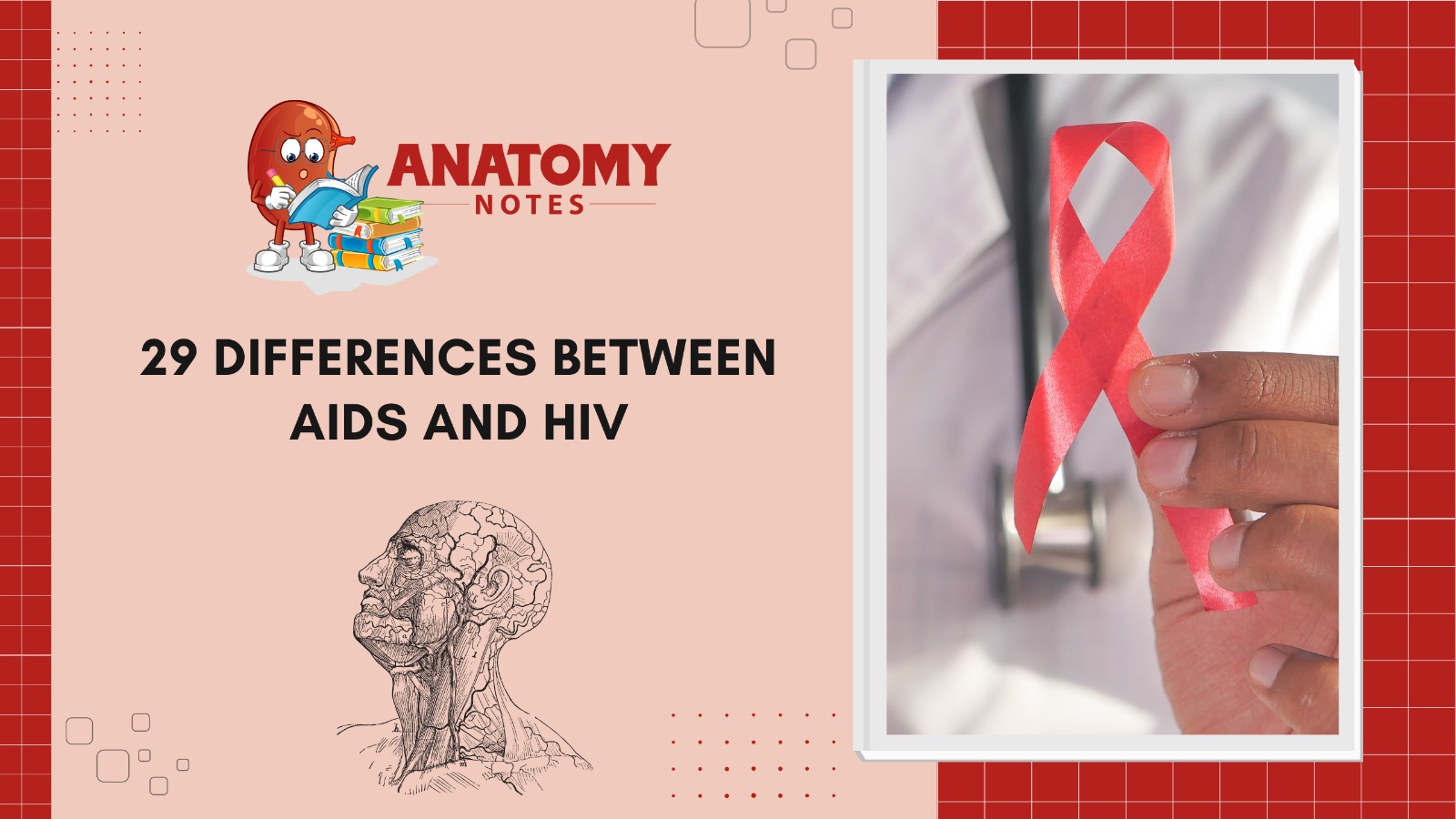HIV is a virus that targets the body’s immune system, which serves as its natural protection against infections and diseases. If HIV is not treated, it can progress to the condition known as AIDS. HIV is transmitted predominantly through the exchange of bodily fluids such as blood, sperm, vaginal fluids, rectal fluids, and breast milk. HIV is a virus that assaults the immune system.
HIV primarily targets a kind of white blood cell called CD4 T cells, which play a key role in immune response coordination. When an individual contracts HIV, the virus enters the body and begins to reproduce within CD4 T cells. The virus gradually affects the immune system over time by lowering the number of these critical immune cells as it multiplies. This weakened immune system makes the body more susceptible to diseases and illnesses that a healthy immune system would normally be able to combat.
While there is no cure for HIV, breakthroughs in medical treatment have allowed people with HIV to live long and healthy lives with good medical care and adherence to treatment regimens. Early detection, treatment, and prevention are critical in limiting the spread of HIV and improving the quality of life for people who are infected.
AIDS is a disease that occurs in the latter stages of HIV infection. It is distinguished by a significantly reduced immune system, which makes the body vulnerable to opportunistic infections and some malignancies that a healthy immune system would typically be able to control. AIDS is a clinical diagnosis based on medical principles and specific criteria.
AIDS causes significant immune system damage, leaving the body exposed to opportunistic infections and some malignancies that a healthy immune system would typically be able to fight off or control. When a person’s immune system becomes significantly impaired and certain clinical criteria are met, they are diagnosed with AIDS. Certain opportunistic infections and a decrease in CD4 T cell counts (a kind of white blood cell essential for immunological function) are among the criteria.
Also Read A Guide to Embryology: Divisions, Importance, And Processes
|
No. |
Aspect |
AIDS (Acquired Immunodeficiency Syndrome) |
HIV (Human Immunodeficiency Virus) |
|
1 |
Nature |
Advanced stage of HIV infection |
The virus that causes AIDS |
|
2 |
Condition Stage |
Final stage of HIV infection |
Initial and progressive stages of infection |
|
3 |
Development Time |
Develops after a long period of untreated HIV infection |
Occurs earlier in the course of infection |
|
4 |
Immune System Damage |
Severe damage to immune system |
Gradually weakens immune system |
|
5 |
Symptoms |
Wide range of severe symptoms and opportunistic infections |
Early symptoms may be mild or flu-like |
|
6 |
Opportunistic Infections |
Common and often life-threatening infections |
Occur in later stages of untreated HIV infection |
|
7 |
Definition |
AIDS is a clinical diagnosis based on specific criteria |
HIV is a viral infection |
|
8 |
Progression |
Represents advanced disease progression |
Represents the presence of the virus |
|
9 |
Transmission |
Cannot be transmitted; it’s a condition |
Transmitted through blood, sexual contact, and other means |
|
10 |
HIV Transmission Prevention |
Efforts to prevent HIV transmission |
N/A (AIDS itself is not transmitted) |
|
11 |
AIDS Transmission Prevention |
Efforts to prevent opportunistic infections and complications |
N/A (AIDS itself is not transmitted) |
|
12 |
Treatment Options |
Treatment focuses on managing symptoms and infections |
|
|
13 |
Viral Load |
Viral load is usually very high |
Viral load can vary |
|
14 |
CD4 Cell Count |
CD4 cell count is severely depleted |
CD4 cell count decreases over time |
|
15 |
Treatment Necessity |
May or may not require immediate treatment |
|
|
16 |
Health Impact |
Profoundly impacts overall health |
Gradual impact on immune system |
|
17 |
Chronicity |
Represents the late stage of infection |
Represents early and ongoing infection |
|
18 |
Stigma |
Associated with considerable stigma |
Stigma can be associated with HIV diagnosis |
|
19 |
Global Impact |
Significant public health concern |
Global health concern |
|
20 |
Immune Suppression |
Severe immune suppression and dysfunction |
Gradual immune suppression |
|
21 |
Diagnostic Criteria |
Based on specific clinical criteria |
Diagnosed through specific tests |
|
22 |
Life Expectancy |
Reduced life expectancy |
Can live a near-normal lifespan with treatment |
|
23 |
Symptom Severity |
Severe symptoms and complications |
Early symptoms may be mild or nonexistent |
|
24 |
Treatment Focus |
Focuses on managing complications and improving quality of life |
Focuses on controlling viral replication |
|
25 |
Stages of Disease |
Late stage of infection progression |
Various stages of infection |
|
26 |
Viral Replication |
Viral replication is high |
Viral replication occurs continuously |
|
27 |
Diagnosis Timeline |
Diagnosed at the advanced stage of infection |
Diagnosed after initial infection |
|
28 |
Pandemic Scope |
Considerable impact as part of the HIV/AIDS pandemic |
N/A |
|
29 |
Prevention Efforts |
Efforts focus on preventing HIV infection |
N/A |
Also Read: Human Reproductive system: Gametes Formation, Organs & more
Frequently Asked Questions (FAQS)
Q1. How can I lower my chances of obtaining HIV?
Using condoms (Safe sex practices), avoiding needle sharing, and adopting HIV pre-exposure prophylaxis can help lower the risk of HIV transmission.
Q2. What's the distinction between HIV and AIDS?
HIV (Human Immunodeficiency Virus) is the virus that affects the immune system, whereas AIDS (Acquired Immunodeficiency Syndrome) is a late stage of HIV infection marked by severe immune system damage and vulnerability to opportunistic infections and certain malignancies.
Q3. Is it possible to treat AIDS?
While there is no cure for AIDS, many of the related opportunistic infections and consequences can be managed. Antiretroviral therapy (ART) continues to be an important treatment for both HIV and AIDS.
Q4. What exactly are opportunistic infections?
Opportunistic infections are those that prey on a weakened immune system. Because of their weakened immune systems, people with AIDS are especially vulnerable to certain illnesses.
Q5. Is AIDS a life-threatening disease?
People with AIDS can live for many years with good medical care, adherence to treatment, and management of concomitant diseases. Maintaining health and quality of life requires early discovery, prompt treatment, and ongoing medical care.




